13 Fortified Cities and Castles That Still Stand Strong
Throughout history, fortifications were built to withstand the test of time and invasion. Some of these cities and castles still stand strong, offering a glimpse into the past. These architectural wonders have survived wars, weather, and time itself. Visiting these structures feels like stepping back into a different era, where defense and strength were paramount. Let’s explore these remarkable sites that continue to tell stories of resilience.
This post may contain affiliate links, which helps keep this content free. Please read our disclosure for more info.
Edinburgh Castle, Scotland
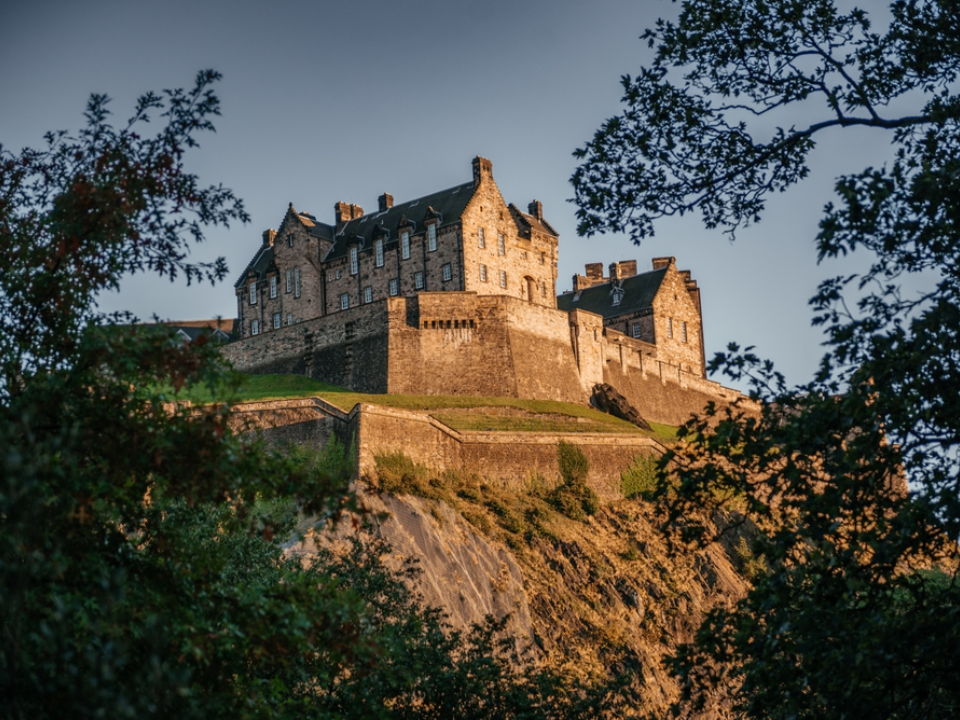
Perched atop Castle Rock, Edinburgh Castle has dominated the skyline of the Scottish capital for centuries. The castle’s history dates back to at least the 12th century, with its strategic location providing a clear vantage point over the surrounding area. It has witnessed numerous battles and sieges, standing strong despite years of conflict. Today, Edinburgh Castle is one of the most visited historical sites in the UK.
The fortress houses several notable buildings, including the Crown Jewels of Scotland and the Stone of Destiny. Its architecture reflects the evolution of military defense techniques throughout history. The castle’s robust structure has endured centuries of storms, wars, and changes in the Scottish monarchy. Visiting the castle provides a unique opportunity to explore Scotland’s rich heritage.
Carcassonne, France
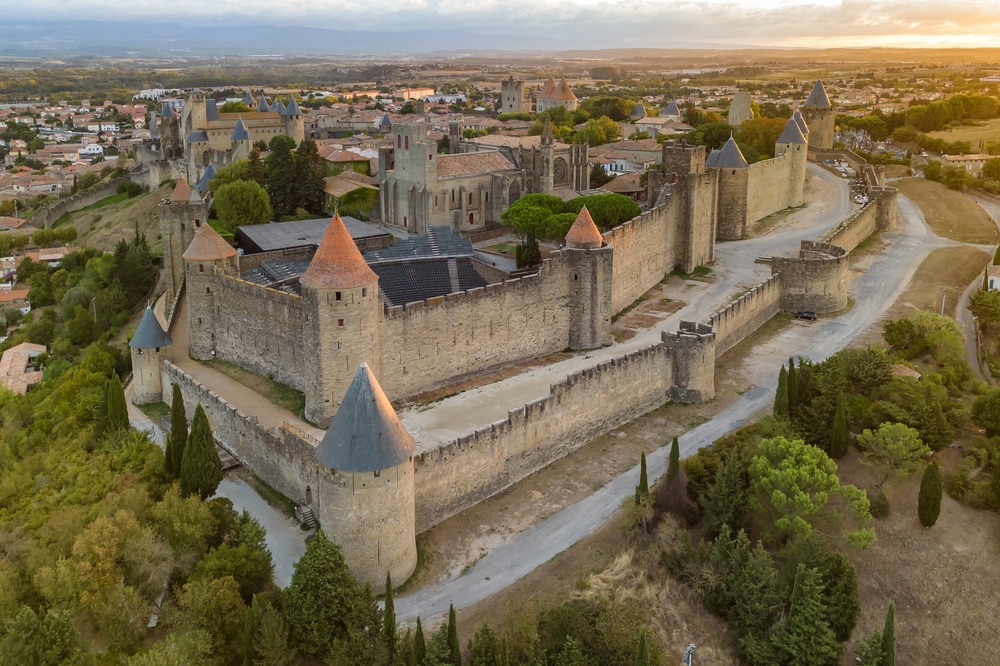
Carcassonne is a stunning example of a medieval fortified city, known for its double walls and 52 watchtowers. The city’s history spans over 2,000 years, with the current fortifications largely built during the 12th and 13th centuries. The Cité de Carcassonne is a UNESCO World Heritage site, famous for its well-preserved architecture. The city’s strategic position along the Aude River made it an important stronghold during the medieval period.
The fortifications are a prime example of medieval military design, with a moat and drawbridges surrounding the walls. Inside, visitors can explore narrow streets, ancient churches, and the majestic Château Comtal. Carcassonne’s restoration in the 19th century helped preserve its iconic appearance. Today, it remains a living testament to the past and a popular tourist destination.
Alhambra, Spain

The Alhambra in Granada is a stunning blend of Islamic architecture and military defense. Originally constructed in the mid-13th century, it served as a fortress, royal residence, and later, a cultural center. Its intricately designed walls and towers still stand strong, showcasing the fine craftsmanship of its creators. The Alhambra’s strategic location atop a hill offered control over the surrounding valley and easy defense against potential invaders.
The palace and fortress complex boasts remarkable features, such as the beautiful Courtyard of the Lions and the towering Alcazaba. The Alhambra’s ornate interiors reflect the opulence of its former rulers, while the defensive walls highlight its original military purpose. Despite centuries of occupation, natural wear, and political upheaval, it remains one of the most important examples of Moorish architecture. Today, it is a UNESCO World Heritage site and one of Spain’s most visited landmarks.
Mont-Saint-Michel, France
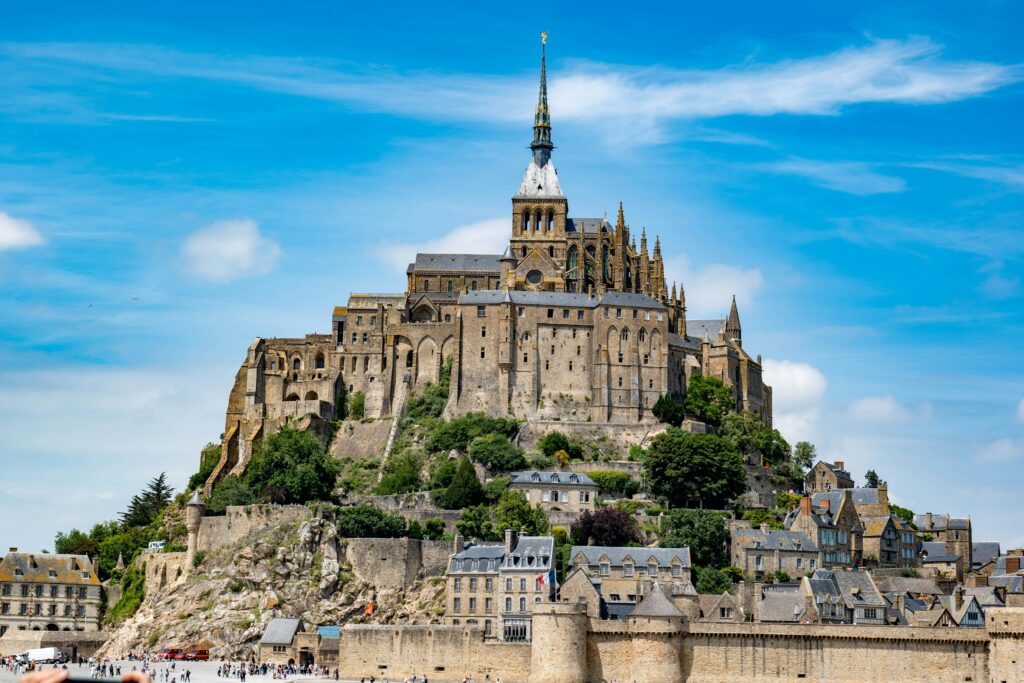
Mont-Saint-Michel is a breathtaking island commune in Normandy, France, known for its dramatic rise from the sea. Its fortified walls, built from the 8th century onward, have withstood centuries of conflict. The island’s location in the bay made it a formidable fortress during medieval times, especially during the Hundred Years’ War. The abbey at the summit adds to its grandeur, making it one of the most iconic landmarks in France.
The structure is an architectural marvel, with narrow streets leading to the abbey and ramparts offering expansive views of the surrounding bay. The combination of natural and man-made defenses made it nearly impossible to conquer. Over the years, the island has also served as a place of pilgrimage. Today, Mont-Saint-Michel attracts millions of visitors each year, eager to witness its unique beauty and historical significance.
The Great Wall of China, China
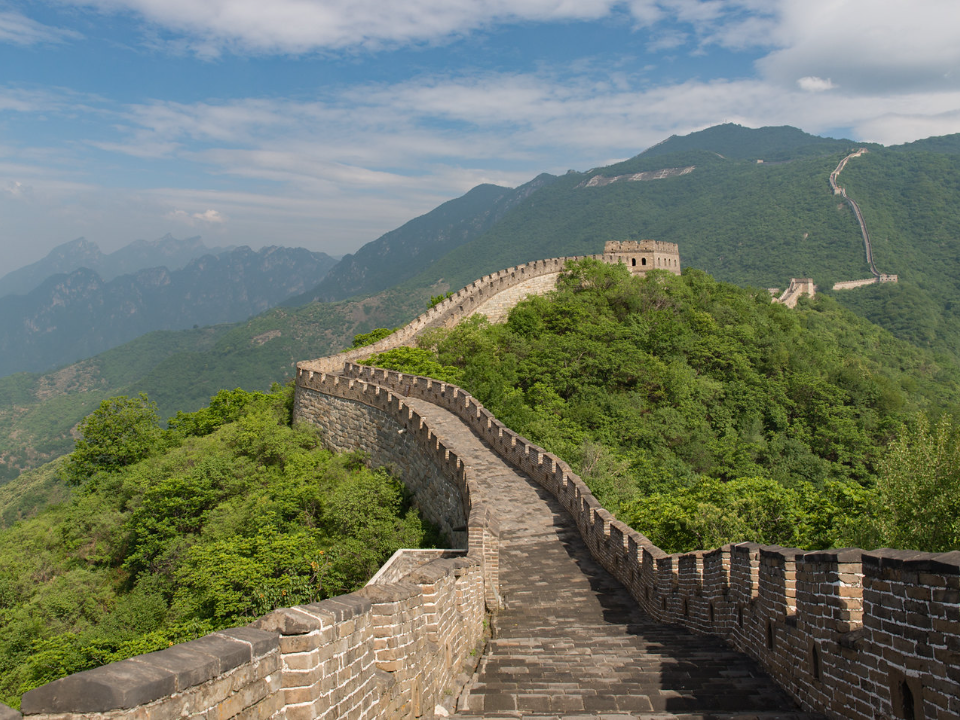
The Great Wall of China stretches over 13,000 miles, making it one of the most extensive and impressive fortifications in the world. Initially built during the 7th century BCE and extended over centuries, its purpose was to protect Chinese states from nomadic invasions. The wall is an iconic symbol of China’s historical strength and perseverance. Many sections of the wall, especially near Beijing, have been well-preserved and attract visitors from around the world.
Constructed using a variety of materials, including earth, wood, and stone, the wall’s design varies according to the terrain it covers. Watchtowers and forts were built at regular intervals, providing strategic defense positions. Though parts of the wall have deteriorated due to weather and time, large portions remain in excellent condition. The Great Wall is one of the most recognized monuments globally, representing China’s architectural and military ingenuity.
Château de Chillon, Switzerland
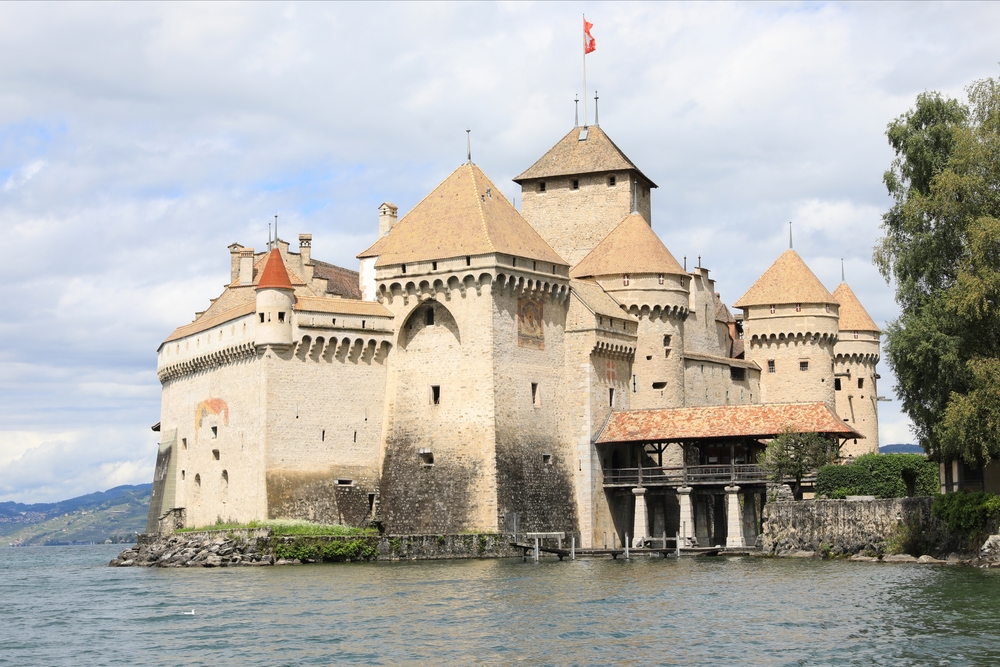
Situated on the shores of Lake Geneva, Château de Chillon is a medieval fortress with a rich history. The castle’s origins date back to the 12th century, and it has served various purposes, including as a royal residence and military stronghold. The castle’s location provided a key defensive position, controlling access to the surrounding region. Its well-preserved architecture and scenic surroundings make it a popular tourist destination.
The castle is surrounded by water, with its walls standing tall against the lake’s waves. Visitors can explore its dungeons, towers, and chapels, all of which offer insight into its strategic significance. The structure reflects a blend of Romanesque and Gothic styles, emphasizing both form and function. Today, Château de Chillon is one of Switzerland’s most visited historical sites.
Kremlin, Moscow, Russia
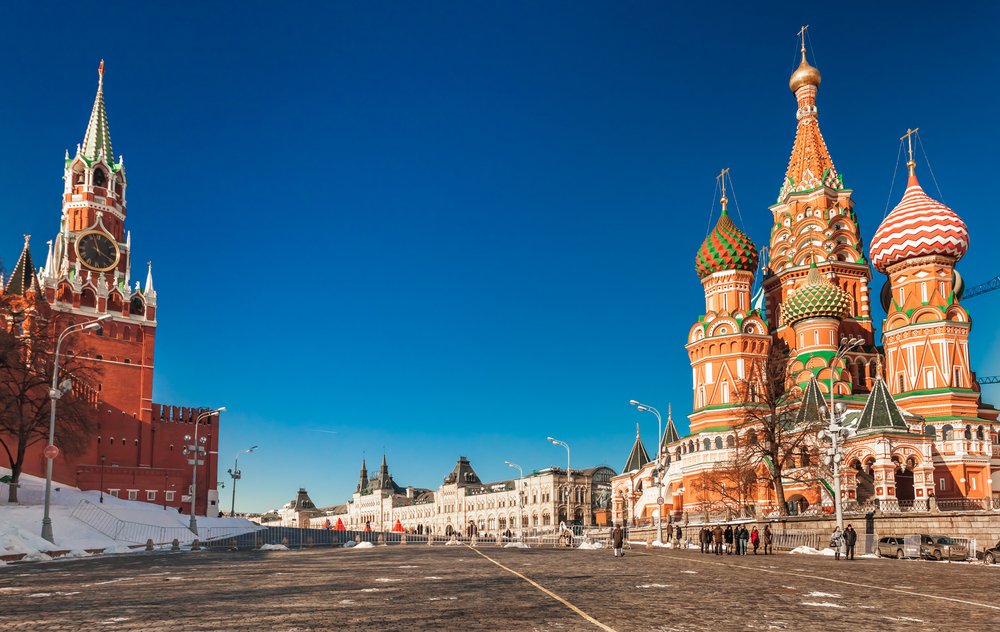
The Moscow Kremlin is one of the most powerful and historically significant fortified complexes in the world. Its construction began in the late 15th century, and it has served as the residence of Russian tsars, emperors, and Soviet leaders. The Kremlin’s thick brick walls and multiple towers protected Russia’s rulers and strategic military assets. Over the centuries, it has endured numerous sieges, including the famous Napoleon invasion.
Within the Kremlin, visitors can explore cathedrals, palaces, and the grand Armoury Chamber. The red brick walls are punctuated by impressive towers, each with unique architectural features. As a symbol of Russian power and history, the Kremlin has seen both glory and turmoil. It continues to serve as the official residence of the Russian president, making it a living piece of history.
Burg Eltz, Germany
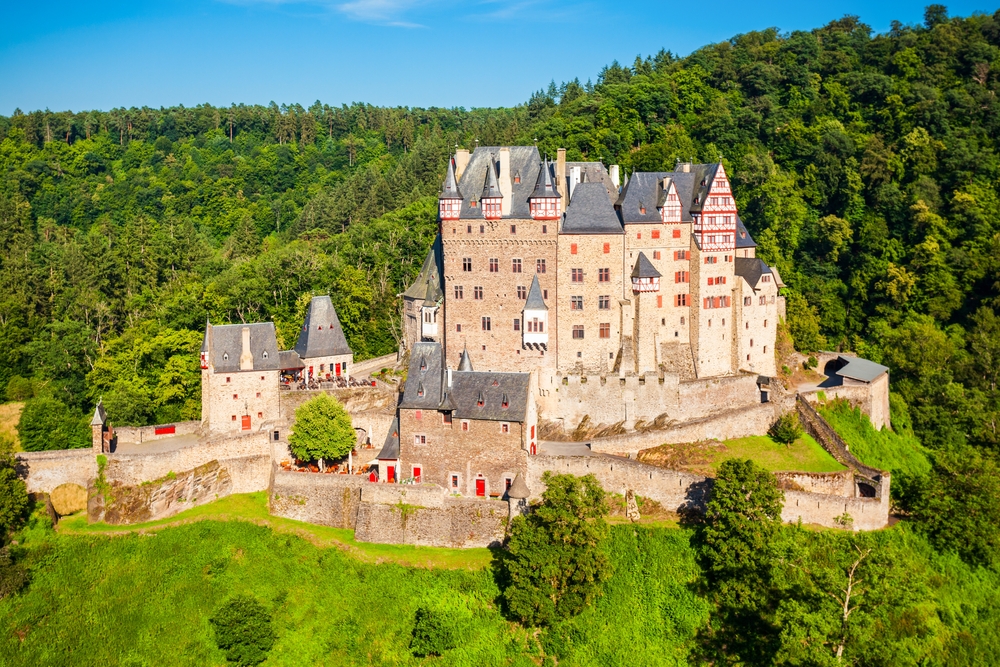
Burg Eltz is a medieval castle nestled in the hills of the Eltz Forest in Germany. The castle’s origins date back to the 12th century, and it has remained in the possession of the same family for over 800 years. Its remote location and the surrounding forest made it a difficult target for invaders, ensuring its survival over the centuries. The castle’s design remains remarkably intact, offering a glimpse into medieval German architecture.
Burg Eltz is known for its stunning blend of Romanesque and Gothic architectural elements, with its towers rising above the forest. The interior features intricate woodwork, antique furniture, and an impressive collection of armory. Despite wars and political changes in the region, Burg Eltz stands as a testament to the strength of its design and the enduring legacy of its family. Today, it attracts thousands of visitors eager to explore its rich history.
Castle of the Moors, Portugal
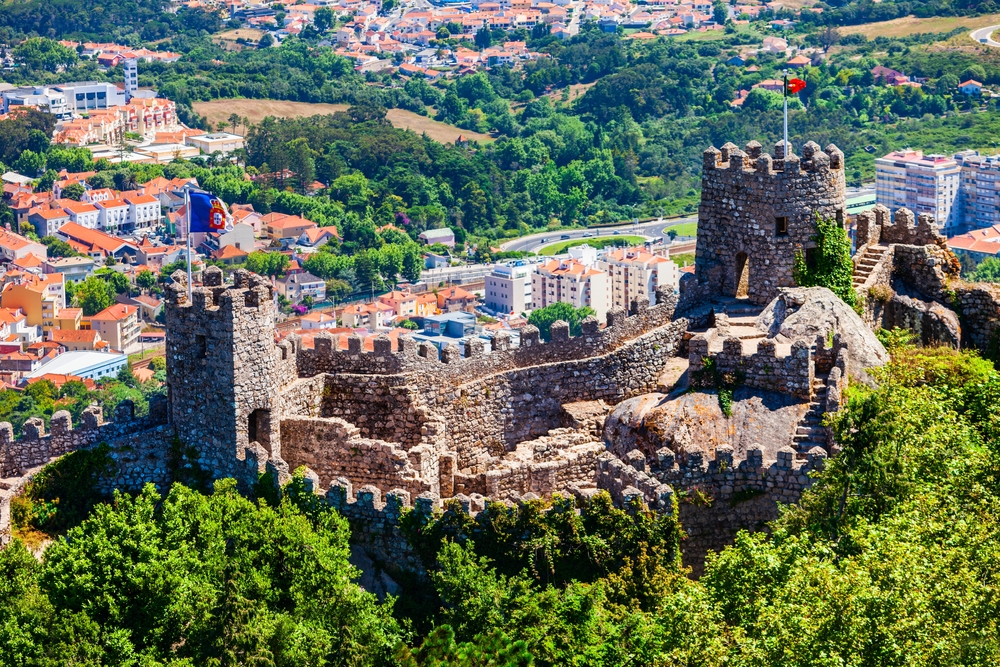
Located in the Sintra mountains, the Castle of the Moors is a stunning example of medieval military architecture. Built in the 8th or 9th century, it was originally constructed by the Moors to defend the region from Christian forces. The castle’s strategic location provides panoramic views of the surrounding hills and valleys. Despite being abandoned after the Christian conquest, its ruins still stand strong and remain a symbol of the region’s rich history.
The castle’s walls, watchtowers, and battlements are made of large stone blocks, with winding paths leading up to the top. The site is one of the most visited in Sintra, with its breathtaking views and historical significance attracting tourists from around the world. The Castle of the Moors has become a popular destination for both history buffs and nature lovers. It continues to hold an important place in Portuguese heritage.
Prague Castle, Czech Republic
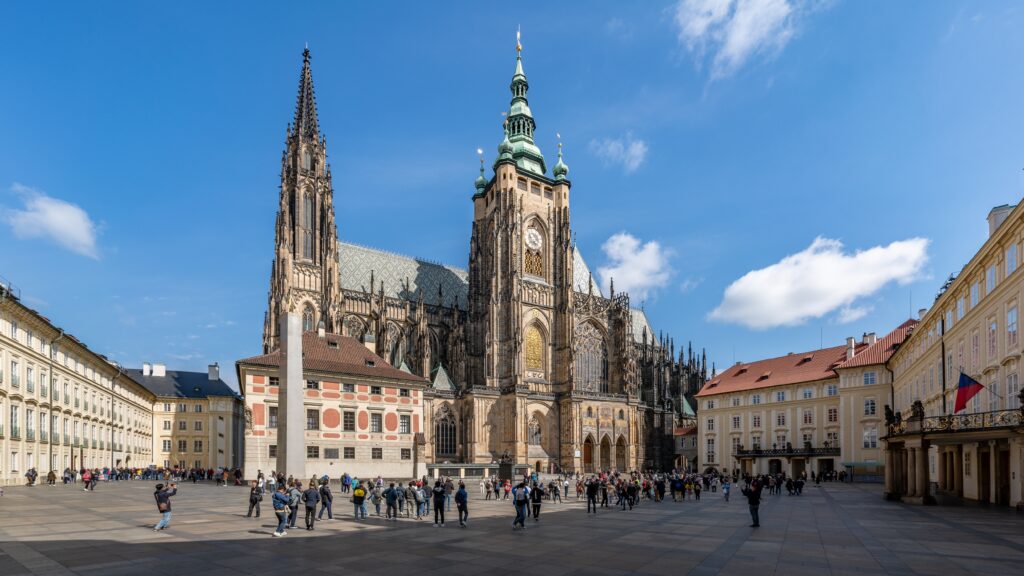
Prague Castle, dating back to the 9th century, is the largest ancient castle in the world. It has served as the seat of the kings of Bohemia, the Holy Roman emperors, and now the president of the Czech Republic. The castle complex includes a variety of buildings, including Gothic cathedrals, royal residences, and fortified walls. Its location on a hill overlooking the Vltava River made it an ideal fortress for centuries.
The castle’s architectural style reflects various periods, from Romanesque to Gothic, with each era leaving its mark on the structure. The most notable part of the castle is St. Vitus Cathedral, with its towering spires and stained glass windows. Despite enduring multiple sieges and political changes, Prague Castle remains a symbol of the Czech Republic’s history and culture. Today, it attracts millions of visitors who come to explore its rich heritage.
Himeji Castle, Japan
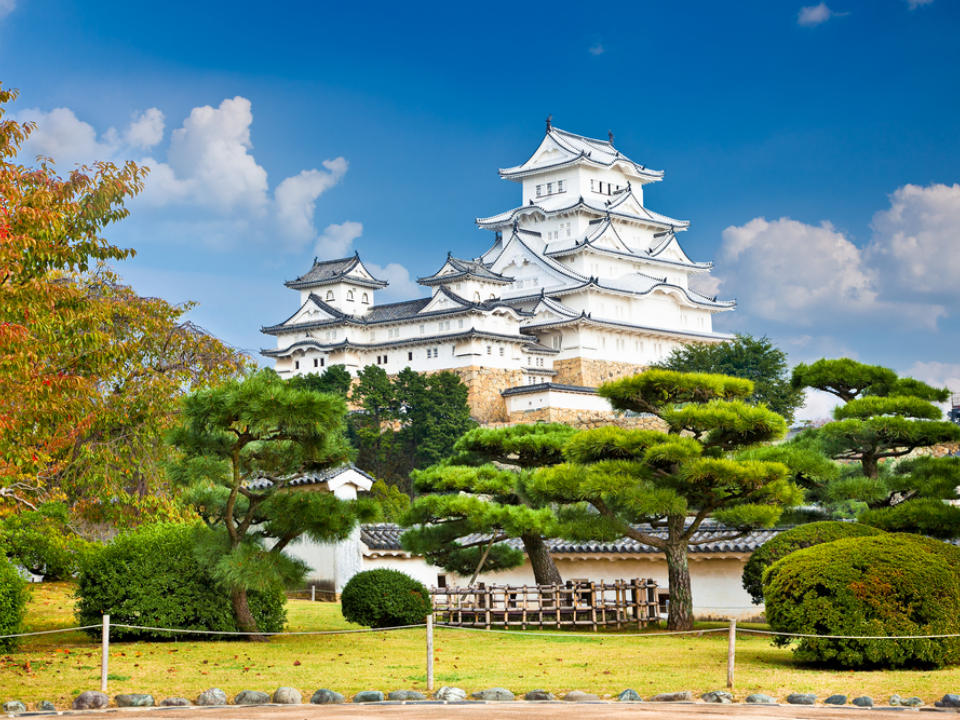
Himeji Castle, also known as the White Heron Castle, is one of Japan’s most famous and well-preserved feudal castles. Built in the early 17th century, it stands as a remarkable example of Japanese castle architecture. Its pristine white walls and intricate rooflines make it an iconic structure in Japanese culture. The castle was designed to be both a fortress and a symbol of power, offering defense while showcasing beauty.
The castle’s extensive grounds include a series of gates, defensive walls, and a large keep with multiple levels. Its design incorporates elements meant to confuse invaders, with winding paths and hidden gates. Himeji Castle was never attacked and remains in its original condition, making it a rare survivor of feudal Japan. Today, it is a UNESCO World Heritage site and one of Japan’s most treasured historical landmarks.
Bran Castle, Romania
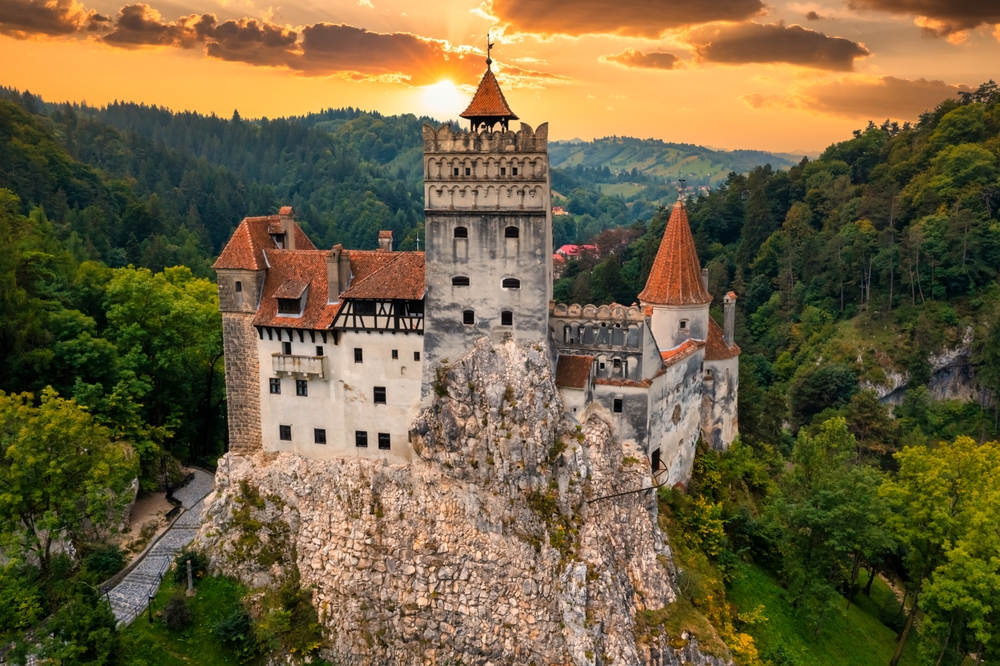
Bran Castle, often associated with the Dracula legend, is a fortified structure nestled in the Carpathian Mountains of Romania. Its construction began in the 14th century, and it was designed to defend the region against invading forces. The castle’s strategic position on a hill overlooking a valley made it a key defensive site. Its role in Romanian history and its connection to the Dracula myth add to its allure.
The castle features a variety of architectural styles, including Gothic and medieval elements. Its towers, drawbridge, and stone walls are as imposing as they are beautiful. Though it is primarily a tourist attraction due to its Dracula connection, Bran Castle also played a key role in the defense of the region. It remains an important part of Romania’s cultural heritage.
Pena Palace, Portugal
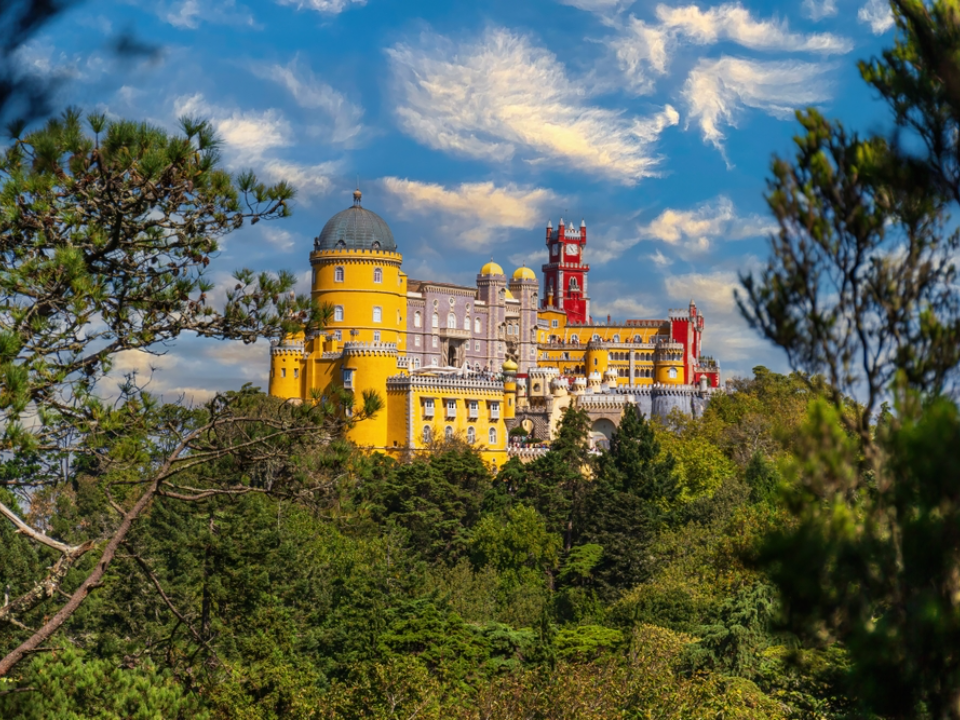
Pena Palace, located in Sintra, Portugal, is a colorful and whimsical fortress that sits atop a hill. Built in the 19th century, it combines Gothic, Renaissance, and Manueline architectural styles, making it one of the most visually striking castles in Europe. The palace was originally constructed as a royal residence, with its defensive walls adding an extra layer of protection. Today, it is a UNESCO World Heritage site and a major tourist destination.
The palace’s vibrant red and yellow facades are complemented by intricate details such as decorative tiles and turrets. Visitors can stroll through its lush gardens and explore its grand halls, which are filled with historical artifacts. Pena Palace is a symbol of Portugal’s royal past and architectural creativity. Its preserved state and picturesque location make it a popular site for both history enthusiasts and photographers.
This article originally appeared on Avocadu.
